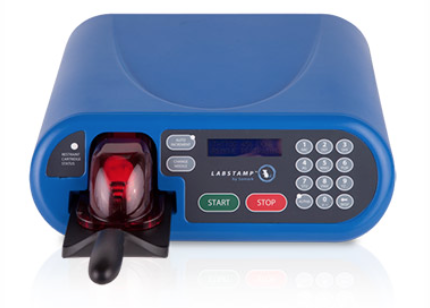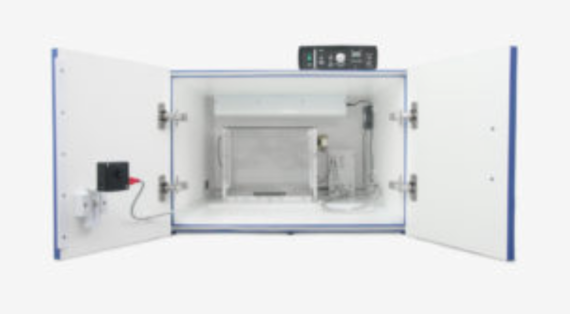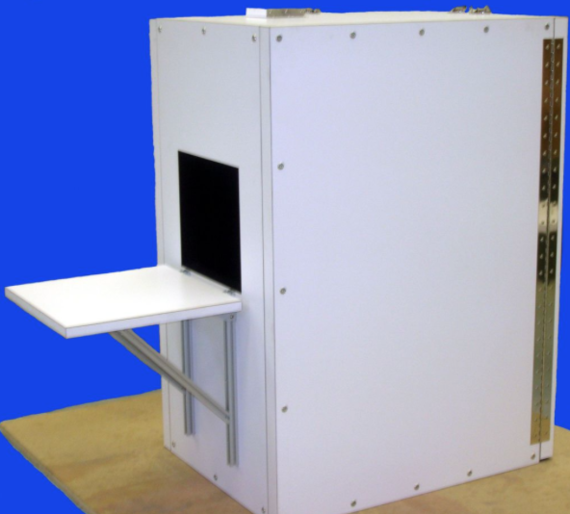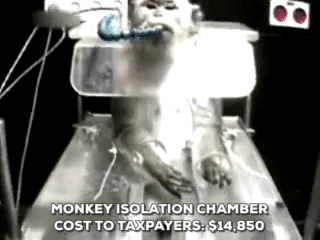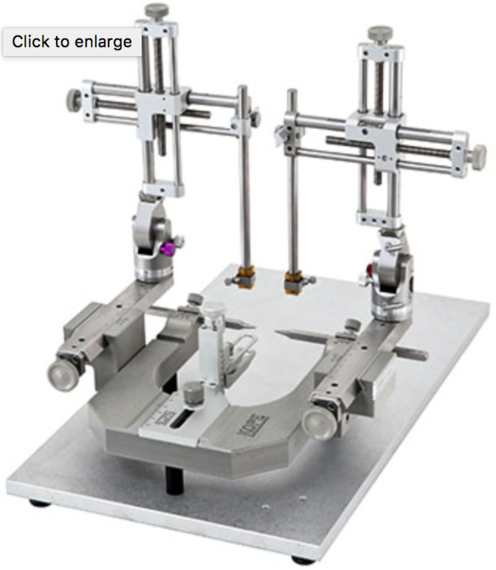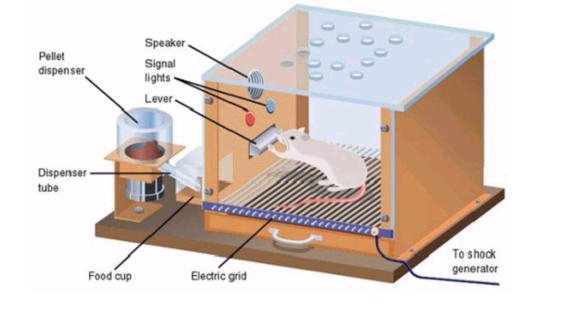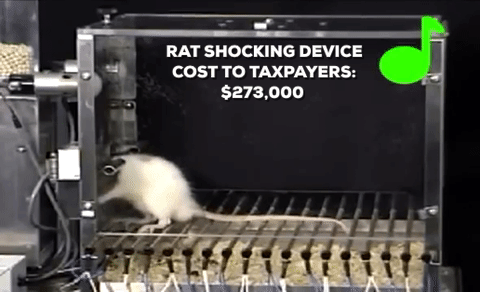Tonight, revelers across the country will visit haunted houses and mock-up Frankenstein labs. But did you know that today -- and the other 364 days a year -- your tax dollars are funding ghoulish animal experimentation devices used to do "research" ranging from the cruel to the absurd on our furry friends?
Here's a sampling of the "House of Horrors" devices that you, taxpayer and animal lover, are funding, probably without even knowing it:
1. Mouse tattooing system
Cost: $4,995
Purchaser: Environmental Protection Agency
(Photo via SOMARK)
Mice are locked into this system to be tattooed for identification in experiments. Yikes! Maybe the EPA should be focusing less on tattooing mice and more on preventing toxic waste from spilling into America's rivers?
2. "Video Fear Conditioning System" For Mice
Cost: $58,702
Purchaser: Veterans Affairs
(Photo via Med Associates Inc.)
Considering how many problems the VA has been having providing services to veterans, maybe they should have spent this $58,000 on something other than a box to shock mice and blast them with loud noises and videotape the results. Or if they really wanted to terrify mice, maybe they could have them treated at one of their clinics?
3. "Monkey Isolation Chamber"
Cost: $14,850
Purchaser: National Institute on Drug Abuse
(What it looks like in theory, via Crist Instrument Company)
(What it looks like in practice)
These tiny, dark isolation chambers are boxes where monkeys locked in restraint chairs are confined during addiction experiments at the National Institute on Drug Abuse. With piles of purchases like these, it's not hard to imagine how the NIH racks up a $12 billion tab for wasteful animal experiments each year.
4. Two Small Animal Stereotaxic Systems
Cost: $30,574
Purchaser: US Army
(Photo via Kopf Instruments)
Just like Frankenstein's poor monster strapped down to the table, stereotaxic systems are used to hold animals in place while they have their heads cut open and their skulls drilled into. We think the US Army can find better places to spend that $30,000.
5. Squirrel Monkey and Rat Operant Chambers
Cost: $273,083
Purchaser: Food and Drug Administration
(What it looks like in theory, via appsychology.com)
(What it looks like in practice)
The last purchase on our list is the most expensive. Better known as Skinner boxes, operant chambers are used to restrain and often shock monkeys and rats to force their participation in experiments at FDA laboratories. Maybe agency chiefs need to undergo psychological studies so we can understand why they spent a quarter million dollars on these devices when FDA reports 9 out of 10 drugs fail in human trials because animal tests don't accurately predict their safety and effectiveness?
With a $19 trillion national debt, the pressure will be on Congress to cut wasteful spending in 2017. Maybe they can give taxpayers a real treat, instead of tricking us into paying for this stuff, before Halloween rolls around next year.
